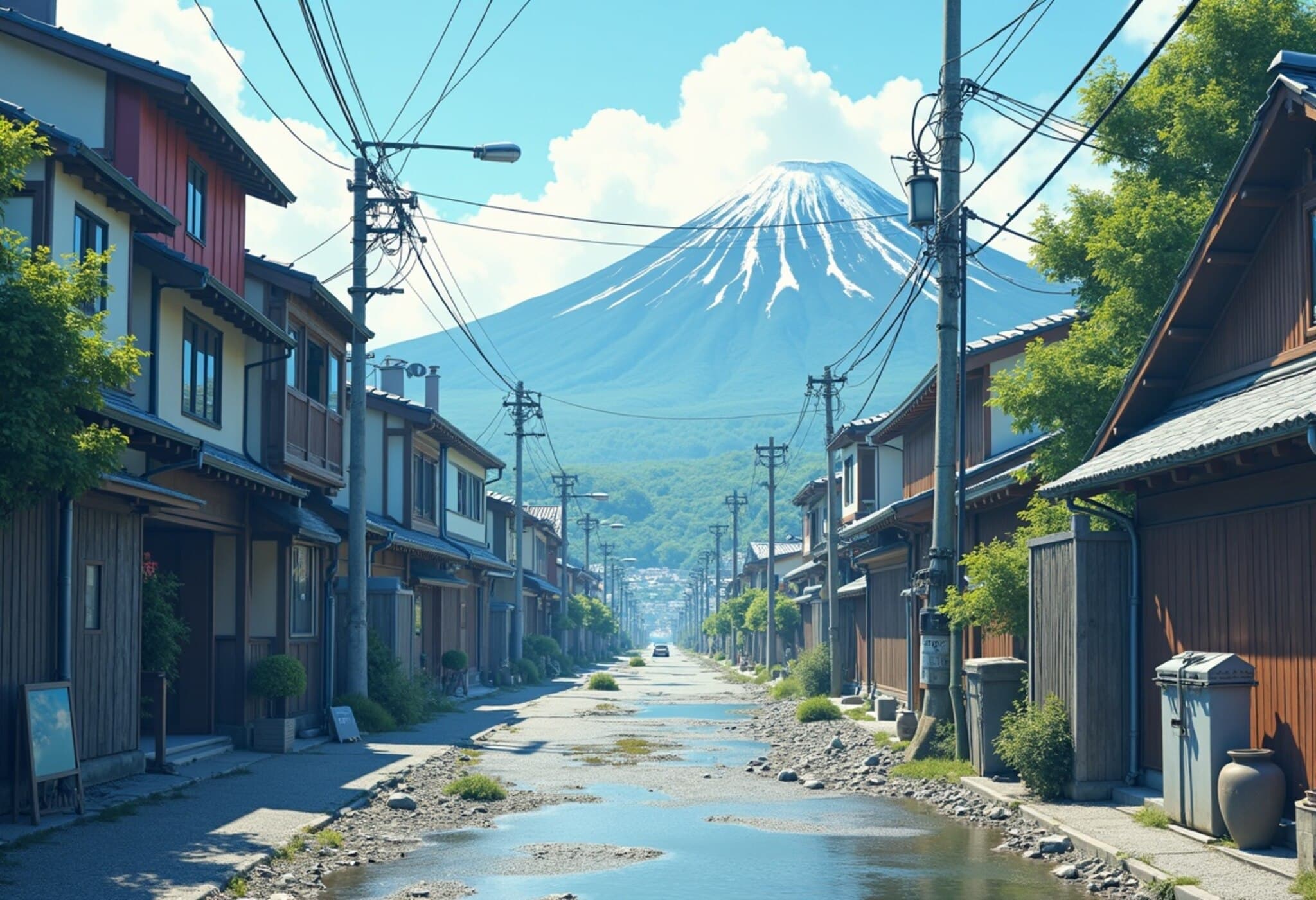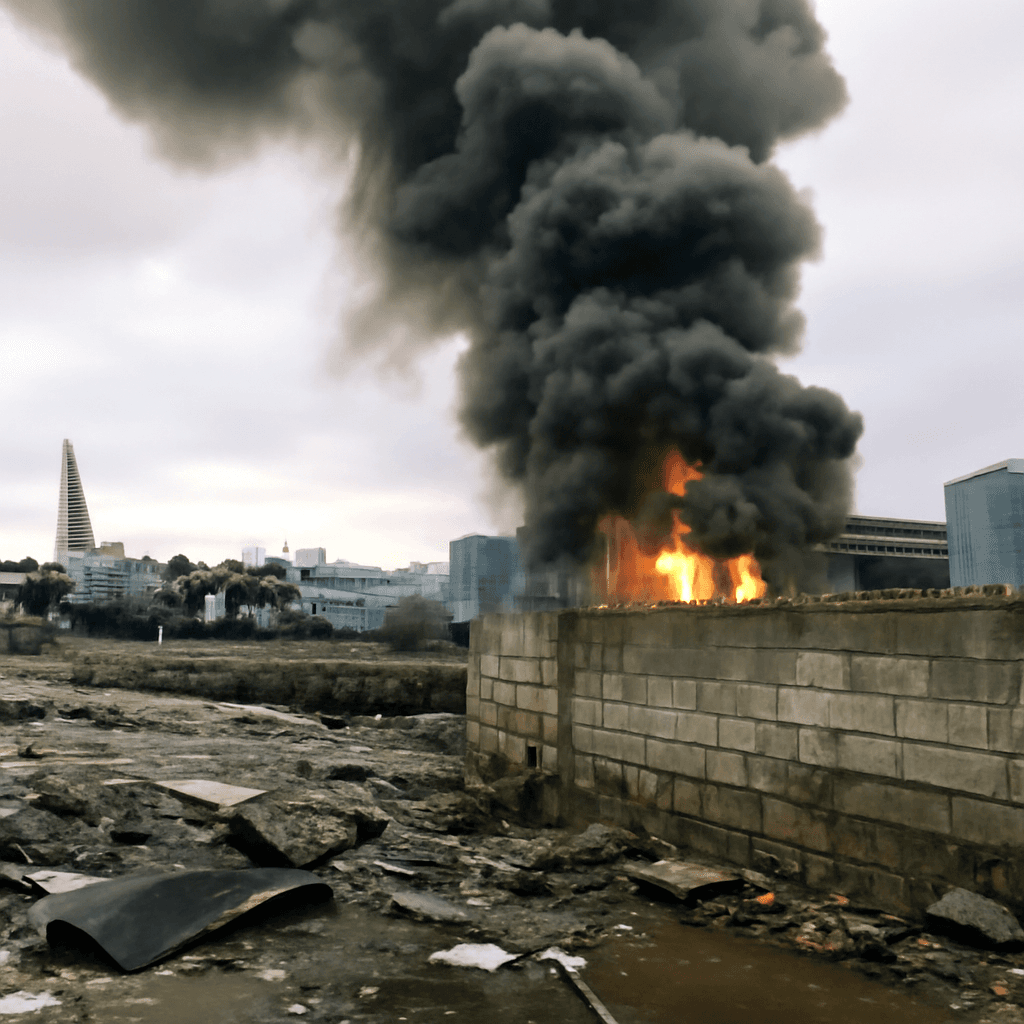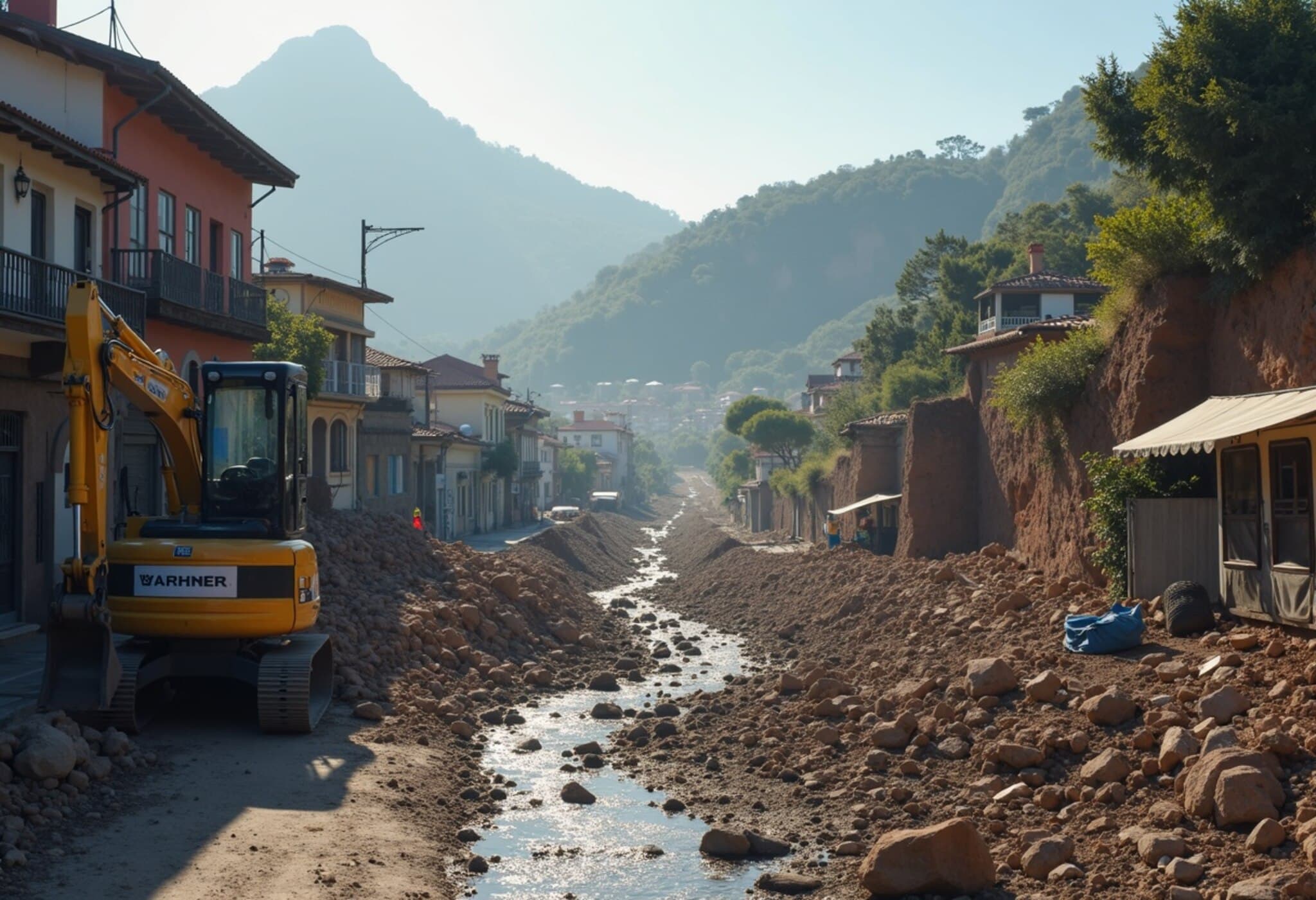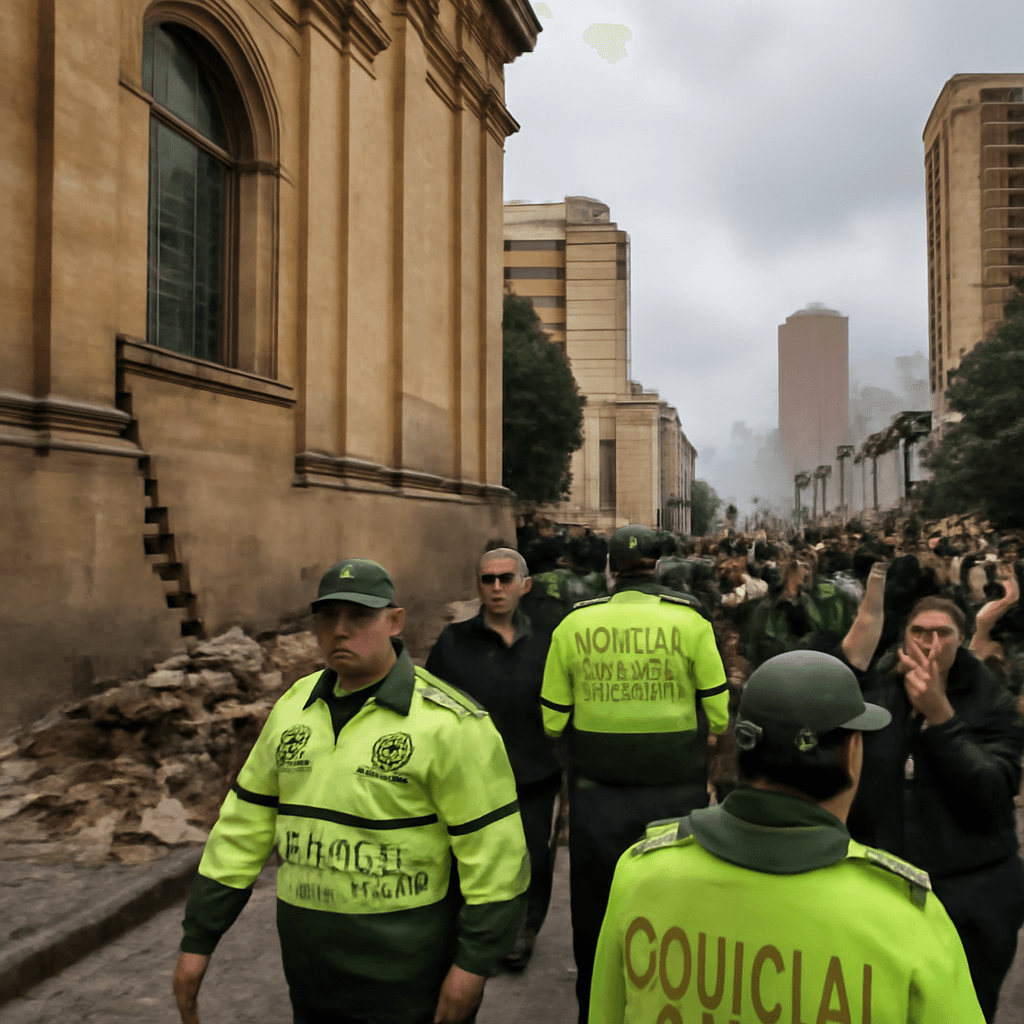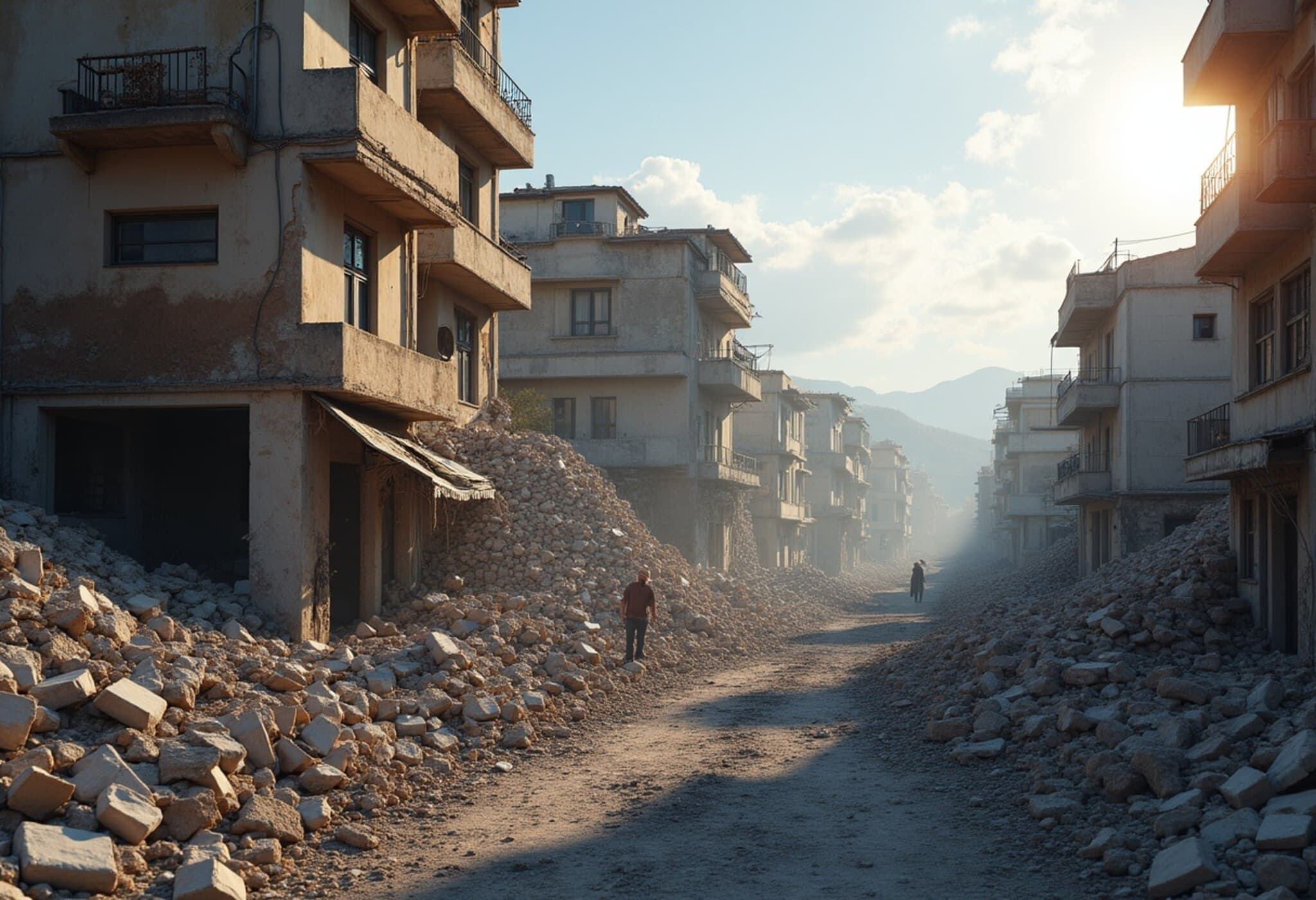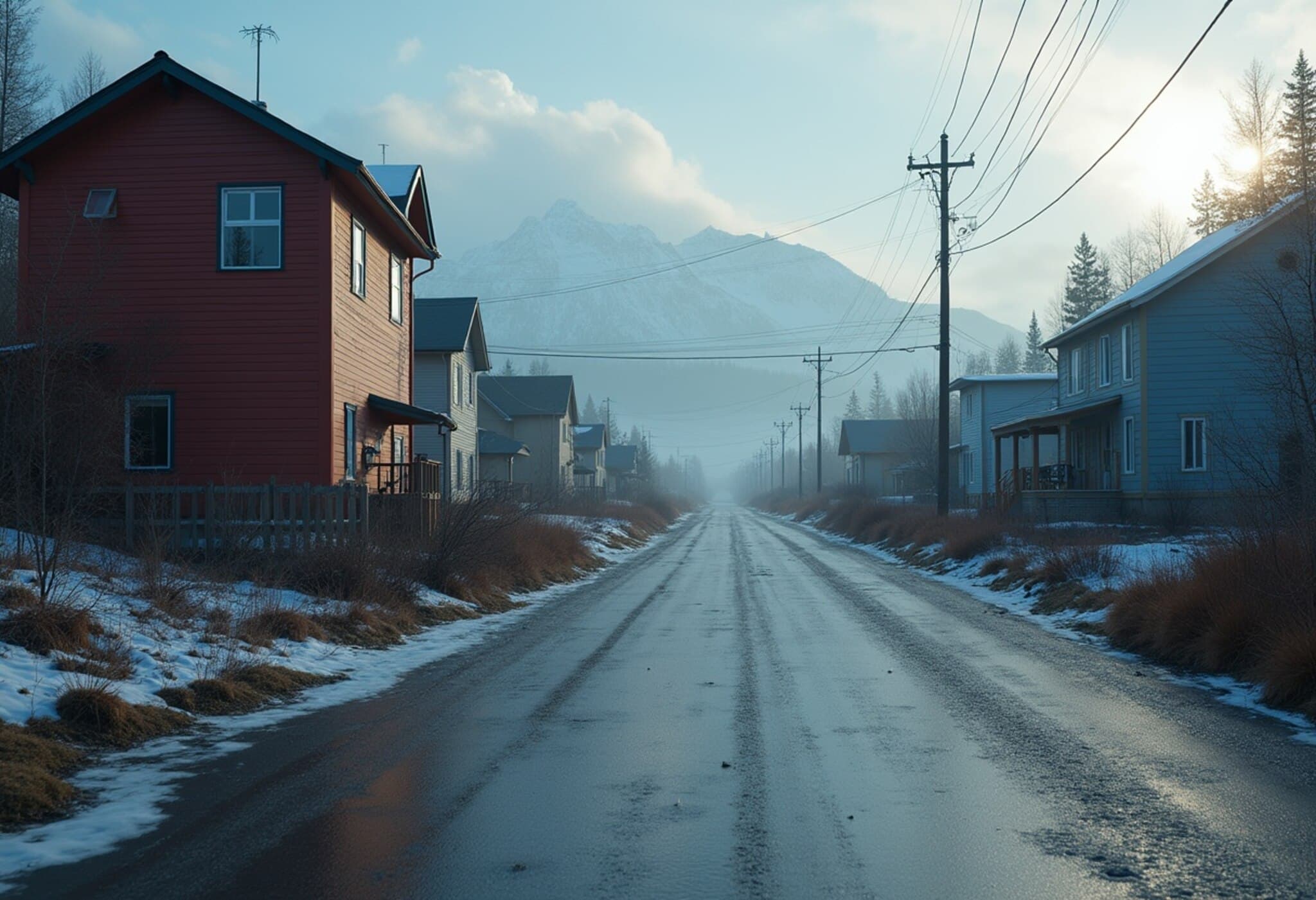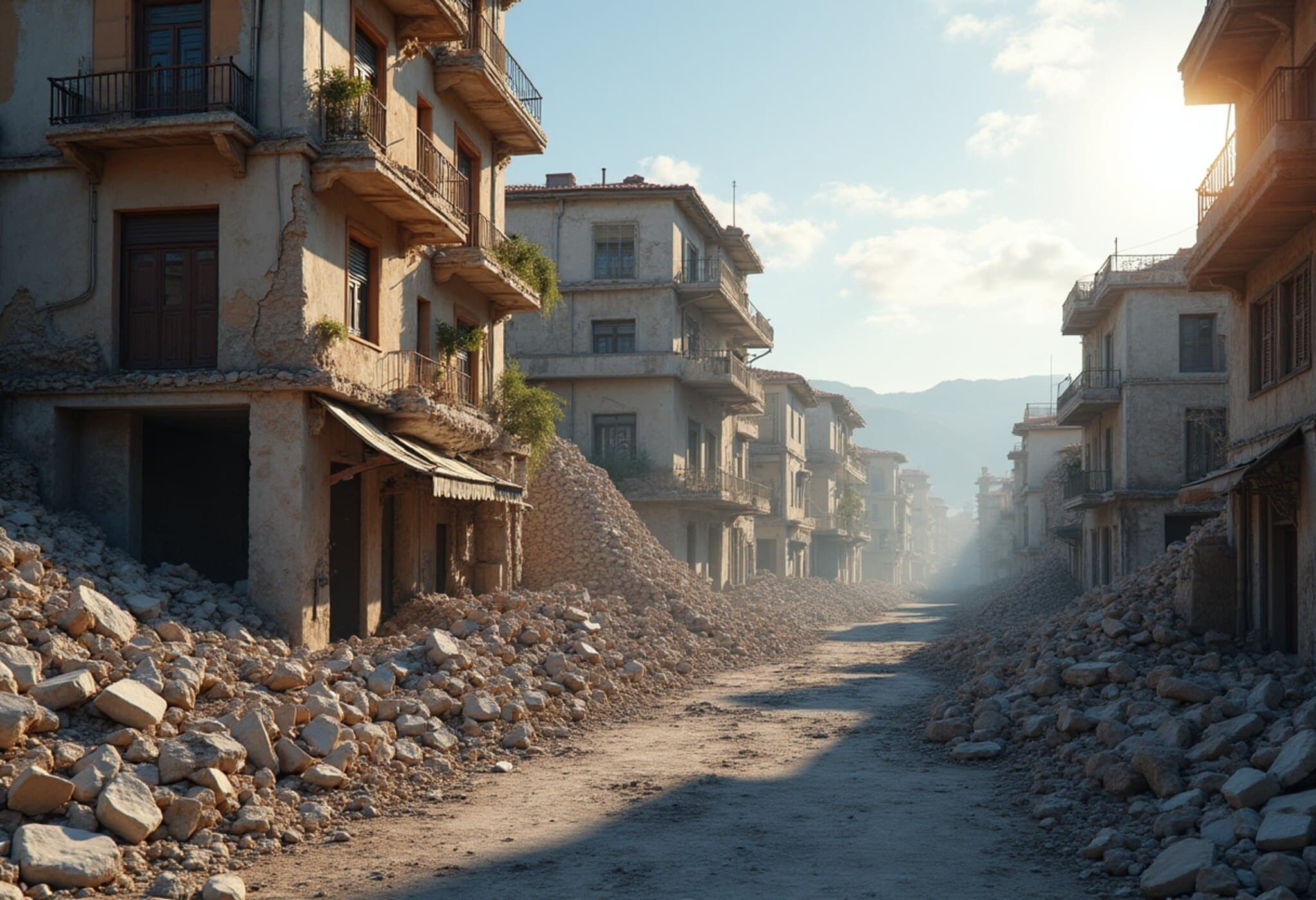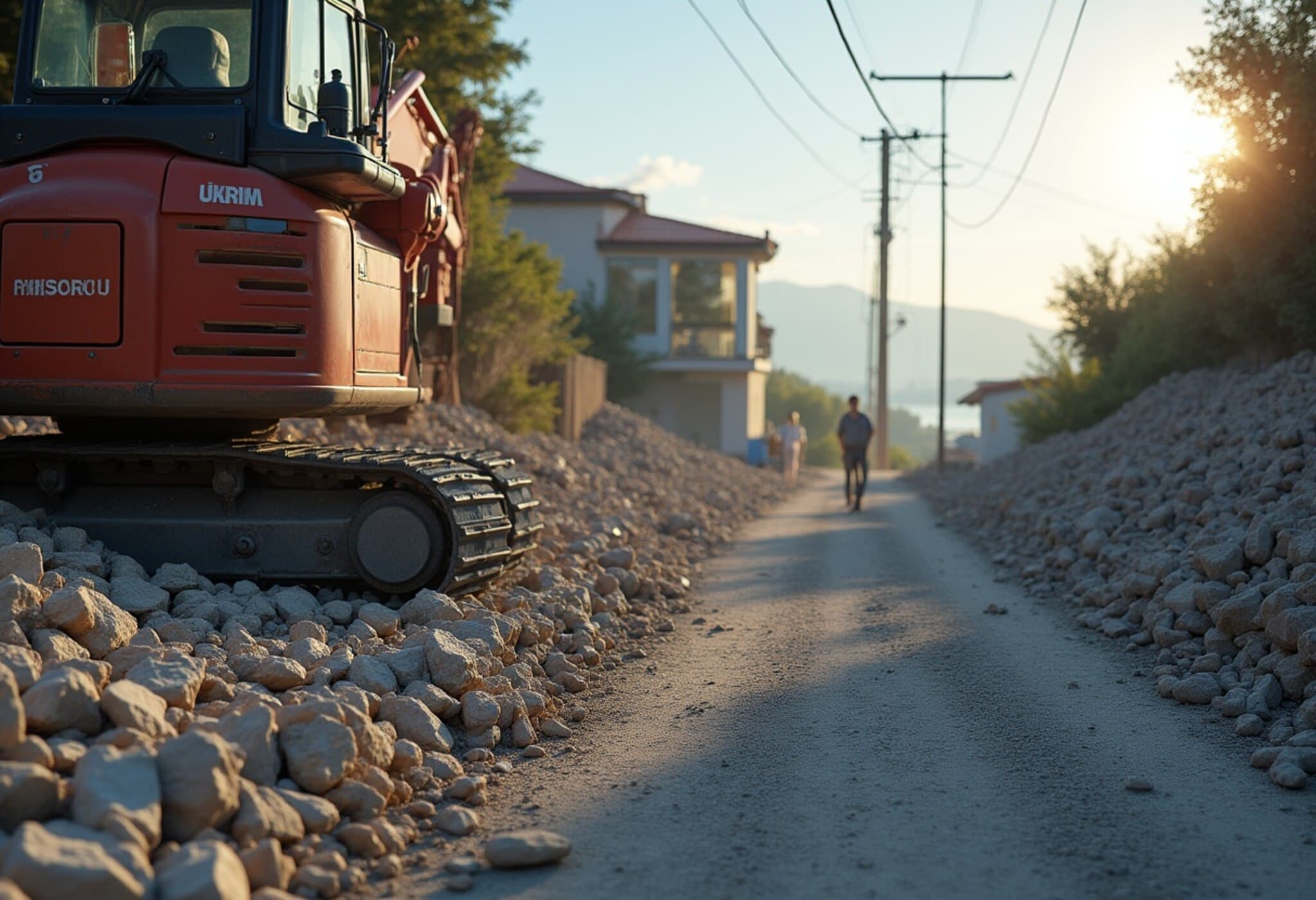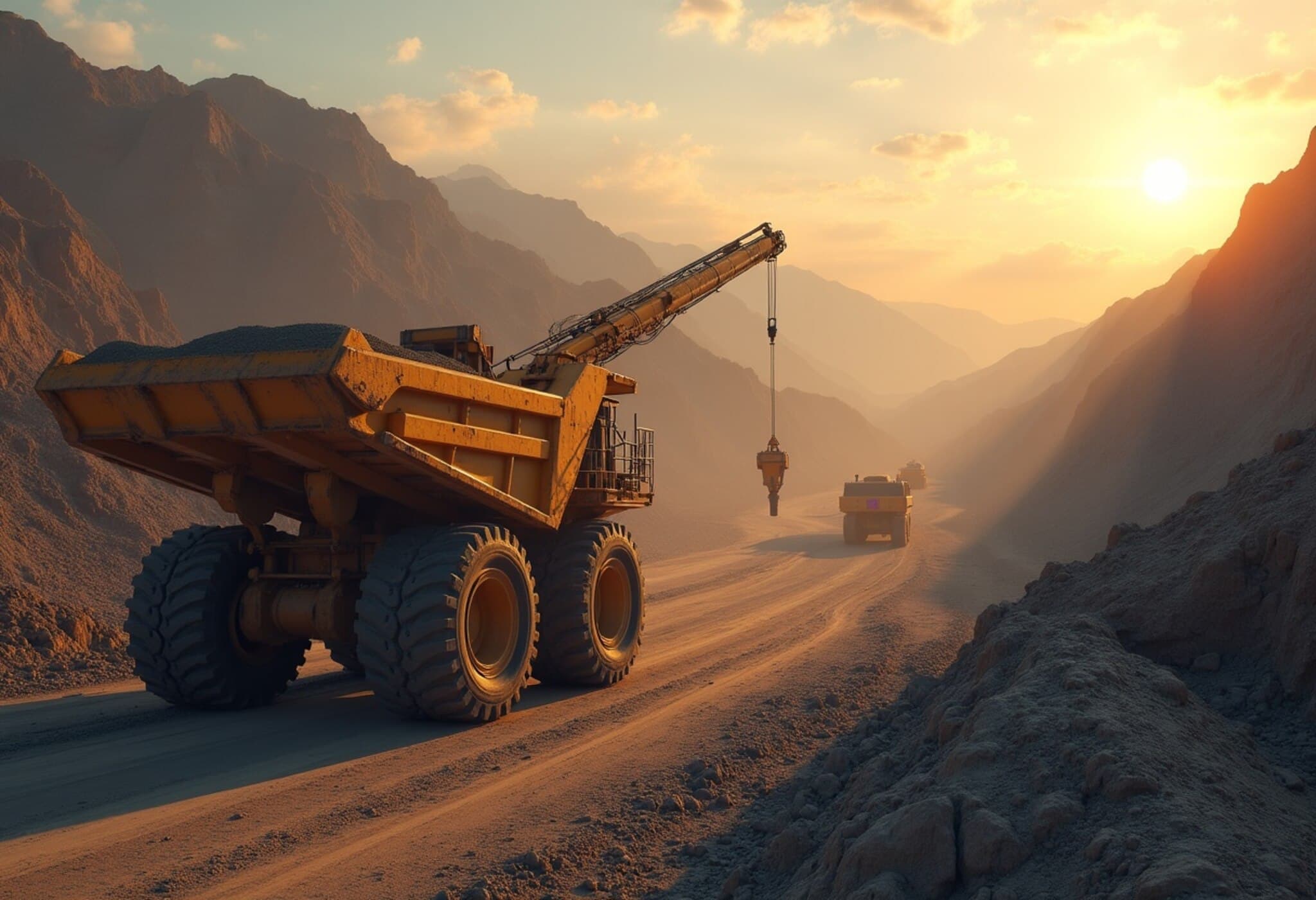Japan Grapples With Unprecedented Seismic Activity Amid Viral Manga Predictions
In a remarkable surge of geological unrest, southern Japan has been rattled by over 1,000 earthquakes in recent days. This uptick in tremors has stirred widespread concern both locally and internationally, amplified by a 1999 manga titled The Future I Saw—a comic reputed for eerily forecasting the devastating 2011 Tōhoku earthquake and tsunami.
Recent Quakes Prompt Evacuations and Government Alerts
The latest major event was a magnitude 5.4 earthquake on Saturday, July 5, near the waters southwest of Japan’s main islands. This follows an earlier strong quake on Thursday, which forced authorities to order a full evacuation of all 89 residents of Akuseki Island, located off the nation’s southern coast.
Japan’s government has issued warnings of potential ongoing seismic activity, urging vigilance and preparedness among coastal communities. However, officials quickly addressed circulating rumors linking these tremors to apocalyptic predictions found in pop culture.
Manga Sparks Revival of Seismic Prophecy Discussions
The Future I Saw was penned by Ryo Tatsuki, a self-described clairvoyant whose illustrated dreams allegedly included the catastrophic 2011 earthquake on March 11. This coincidence has led social media users to revisit the manga and raise eyebrows over supposed future predictions, particularly about seismic events projected around 2025.
Online conversations speculate that the recent cluster of quakes might be the early signs of the manga’s envisioned events. Some enthusiasts have portrayed these links as chilling endorsements of mystical foresight, injecting a layer of collective anxiety into regions already vulnerable to seismic hazards.
Experts Advocate Scientific Rigor Over Speculation
Amid the burgeoning speculative narrative, Ayataka Ebita, director of the Japan Meteorological Agency's earthquake and tsunami division, emphasized the shortcomings of such forecasts. “With our current scientific knowledge, it’s difficult to predict the exact time, place, or scale of an earthquake,” Ebita explained. He urged the public to rely on data-driven assessments instead of unverified predictions.
This perspective highlights a critical tension between cultural storytelling and scientific methodology—while folklore and media can shape public perceptions, earthquake preparedness must be grounded in robust geophysical research and early warning technologies.
Regional Significance and Broader Implications
Japan’s seismic vulnerability is well-known, situated atop the Pacific Ring of Fire where tectonic plates meet and collide. The recent spate of tremors underscores persistent risks to densely populated coastal regions, emphasizing the urgent need for ongoing investment in infrastructure resilience and public education.
Moreover, the social media-fueled resurgence of interest in The Future I Saw reflects wider societal anxieties about disaster prediction, trust in authorities, and the interplay between cultural narratives and science.
Key Takeaways:
- Over 1,000 earthquakes recently shook southern Japan, including a significant 5.4-magnitude quake on July 5.
- Officials evacuated 89 residents of Akuseki Island as a precaution after strong initial tremors.
- Ryo Tatsuki’s 1999 manga The Future I Saw resurfaced online for its claimed accurate predictions, especially of the 2011 Tōhoku disaster.
- Government experts caution the public to base responses on scientific research rather than unverified prophecies.
- This event highlights the challenge of balancing cultural interpretations with empirical disaster preparedness.
Editor's Note
Japan’s current seismic activity serves as a potent reminder of nature’s unpredictability and the critical importance of science-led preparedness. While cultural artifacts like Tatsuki’s manga offer fascinating insights into collective fears and hopes, reliance on them over empirical evidence can hinder effective disaster response. The intersection of folklore and factual knowledge invites ongoing dialogue about how societies interpret and react to existential threats. As this seismic episode unfolds, authorities and residents alike face the challenge of navigating between myth and reality to safeguard lives and communities.

